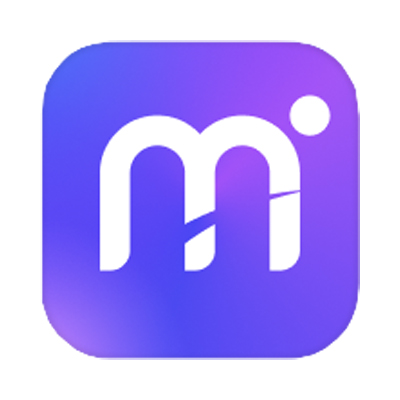The 3G2 file format, a multimedia container format, was developed by the Third Generation Partnership Project 2 (3GPP2). It is primarily used on mobile phones with CDMA-based network technology. The 3G2 format was designed to decrease storage and bandwidth requirements to accommodate mobile devices. It is similar to the 3GP format, which was developed by the Third Generation Partnership Project (3GPP) for GSM-based phones and tends to have a smaller file size and less bandwidth requirement than more traditional video formats.
Historical Context of 3G2
Introduced in the early 2000s, the purpose behind the 3G2 format was to create a more efficient way to store and transmit video and audio files on mobile devices, which had limited storage capacity and network bandwidth compared to modern smartphones. The format's compatibility was aimed at the growing mobile phone market and the push for multimedia messaging services (MMS) and video streaming features on these devices.
Technical Aspects of 3G2
3G2 files support video streams encoded in H.263 or H.264 and audio streams encoded in AMR-NB, AMR-WB, AMR-WB+, AAC-LC, HE-AAC v1 or Enhanced aacPlus (HE-AAC v2). This makes the format quite versatile in terms of compatibility with various audio and video codecs while maintaining a small file size optimal for mobile use.
Software Compatibility
Various media players and video editing software offer support for the 3G2 format. Programs like VLC Media Player, Apple QuickTime Player, and Adobe Premiere Pro can open and play 3G2 files. Moreover, certain online converters and video editing programs also allow users to convert 3G2 files to other formats for broader compatibility.
Alternatives to the 3G2 File Type
As technology has advanced, other file formats have emerged offering better quality or more features. MP4 has become widely accepted due to its compatibility across many devices and platforms. Similarly, MKV and AVI formats are also commonly used for video files, though they are not specifically optimized for mobile devices. For most users, especially given the ubiquity of advanced smartphones capable of handling more sophisticated file types, alternatives like MP4 are preferable due to their higher quality and compatibility.









